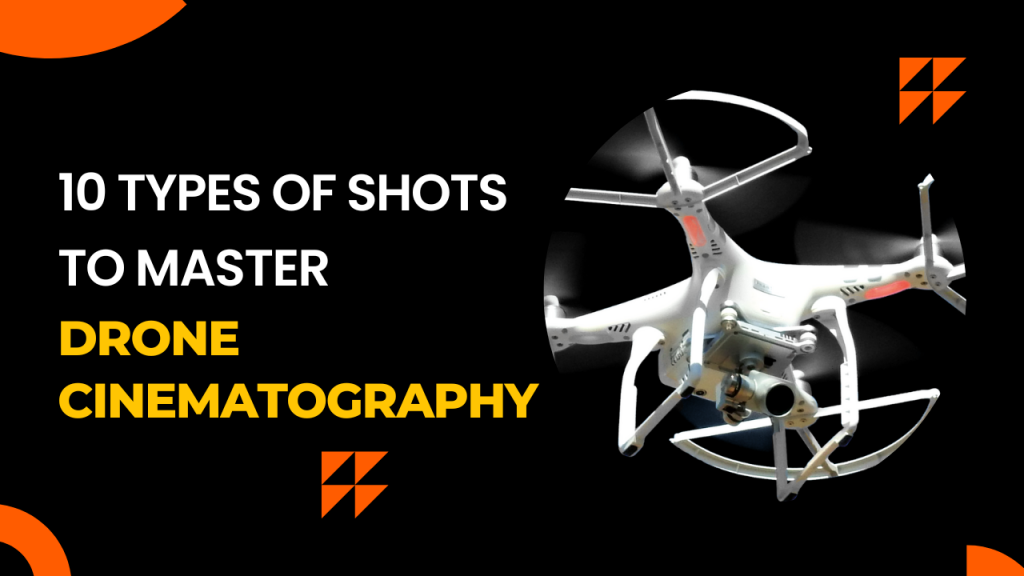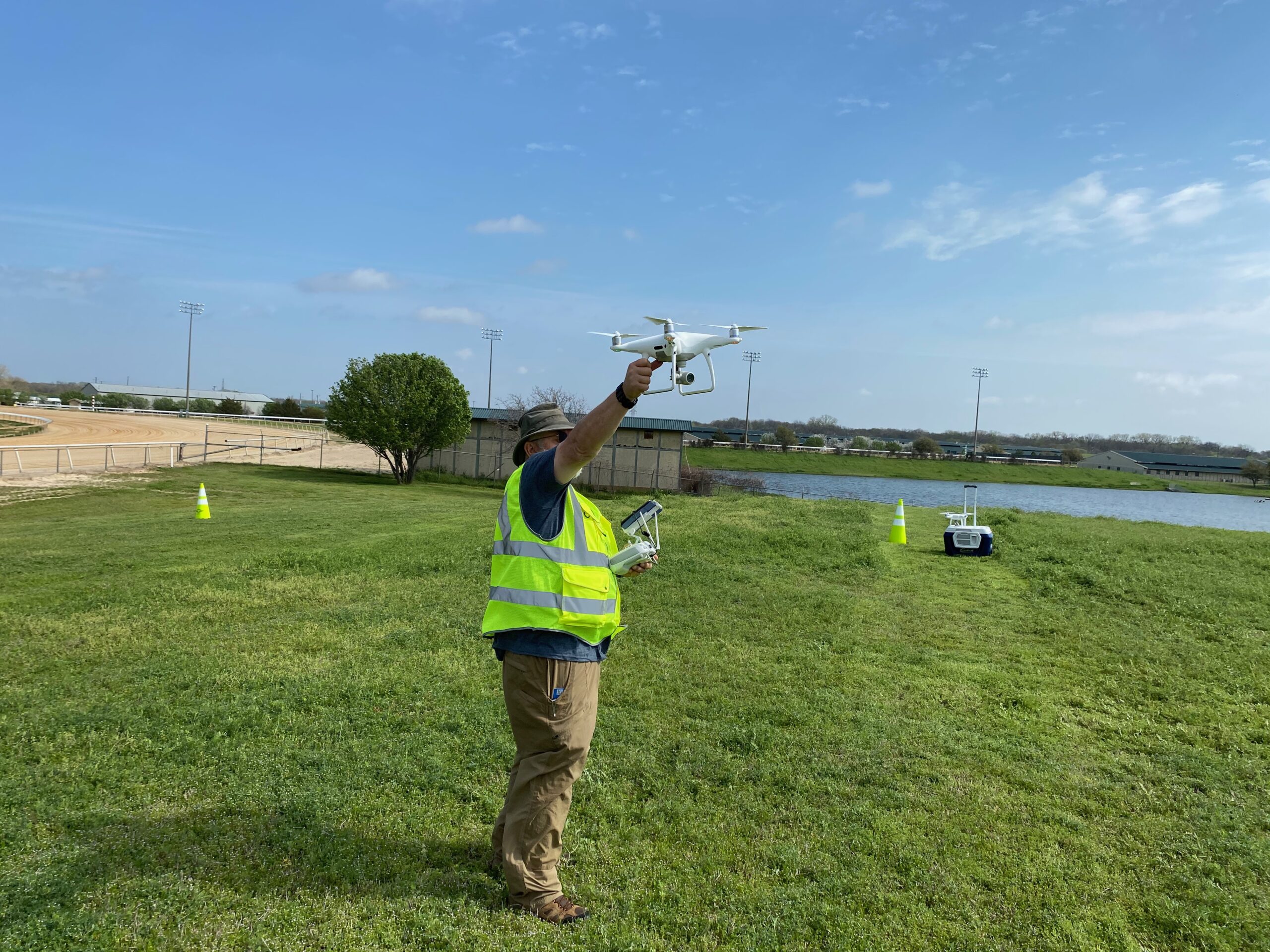Are you looking for ways to improve your drone cinematography skills? If yes, then you’ve probably landed at the right place. In this article, you’ll discover some incredible types of shots so you can capture the best drone footage.
So let’s get ready to rock and roll…
Types of Shots to Deliver Best Drone Footage
The term ‘cinema’ refers to a series of techniques used to create moving images. Cinematographers use various types of shots such as panoramic, wide angle, telephoto, and so on to tell stories through images.
Each shot has its advantages and disadvantages. For example, a wide-angle lens gives you a wider view of the scene, but it also makes objects look smaller. On the other hand, a telephoto lens lets you zoom into a subject from far away, but it also makes things appear larger.
Here are a few different types of shots for cinematic drone footage:
- Spinning elevation shot
- Half moon bay shot
- Object shot
- 180-degree shot
- Obstacle shot to reveal the subject
- Object shot with large reveal down
- Slow reveal out of the subject.
- High angle shot
- Arc shot
- Tracking shot
Let’s take a closer look at each of them.
Spinning Elevation Shot
To capture a spinning elevation shot from your drone start directly over the subject, and slowly move up. To get the best shot do not turn more than 3 full circles, go easy, and don’t turn too much.
Half Moon Bay Shot
To take a half moon bay shot from your drone start with a diagonal flight path over your subject following a low elevation ending with a high elevation and make your yaw halfway through the diagonal pattern.
This half-moon bay shot helps you improve your yaw and elevation control in drone cinematography.
Object Shot
To get a cinematographic object shot start with your foreground as the lowest part of your object (say a tree). Make your position far enough away from the foreground object to make it look like you’re almost going to crash into that object then elevate over the object in a straight line.
This drone cinematic shot is meant to engage the clients or audience watching the video.
180-Degree Shot
In this cinematic shot, two or more characters must be in the same imaginary line with each other.
Obstacle Shot to Reveal Subject
De-elevate through obstacle shots to reveal the subject and add depth to your drone shots.
This is a common drone cinematography technique used by photographers who capture motion pictures.
Object Shot with Large Reveal Down
The key to this shot is to use a slow speed to reveal a larger object or a scene.
Slow Reveal Out of Subject
In this drone shot you slowly move out of the object, giving it a wide angle.
High Angle Shot
To get a high-angle shot from your drone move your camera through an object, elevate over the object, and then reveal up.
Arc Shot
The arc shot is also called a 360 degrees shot. In this shot, the camera moves in an orbit around the subject in an arc pattern.
Tracking Shot
In a tracking shot, the camera movements follow a traveling subject for an extended amount of time.
We hope you liked these cinematic shots that can dramatically improve your drone footage resulting in more engagement.
And we are just getting started…
There is More Cool Drone Cinematography Stuff Inside the Drone U Community Membership
In the Drone U community membership, we have provided an in-depth videography course to help you build advanced drone cinematic skills.
Feel free to share your thoughts, opinions, or experience in the comment box below.






Add Your Comment